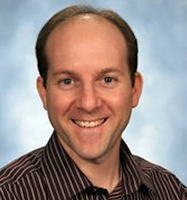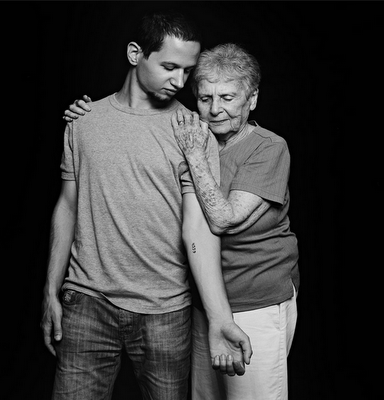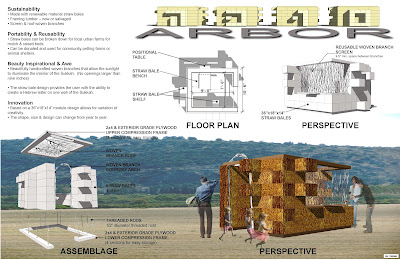 |
| Rabbi Aaron Starr |
POINT | It is hard to say “no” those whom we love the most. But, as parents, we know there are times when our sacred task is to teach and to guide, and thus to decline lovingly our children’s requests to do that which we as their caretakers know is dangerous physically or spiritually. For example, despite the vast commercialization and de-emphasis on the religious side of Christmas and Easter, Jewish parents should not allow their children to celebrate these Christian holidays. Likewise, Jewish parents should warmly steer our children away from the celebration of Halloween. Instead, Jewish living should be offered as the fun, meaningful, impactful path our children ought to take.
According to ABC News, Halloween dates back to a Celtic holiday when spirits were believed to rise from their graves, and costumes were used to fool the spirits in hope that farmers’ land would survive through the winter. Later, Christians assimilated Halloween into their own religion as the night before November 1’s “All Saints’ Day”. Then in the 19th century, Irish immigrants adapted their own native customs to the American celebration of Halloween, carving pumpkins into lanterns to honor the souls they believed were stuck in purgatory. What is clear is that the American celebration of Halloween is a product of strong pagan and Christian traditions that have been overly commercialized by twentieth and now twenty-first century candy and costume companies.
How much better it would be for our children and our People to encourage our kids to celebrate Jewish holidays with equal passion and excitement as others do Halloween! It seems to me far more uplifting to dress our children up in celebration of Purim and to give away gifts of food to our friends and those in need than to celebrate a pagan-Christian holiday by parading through dark streets in scary costumes receiving or even begging for candy from strangers.
Aaron Starr is a rabbi at Congregation Shaarey Zedek in Southfield, Michigan. Follow him on Twitter at @RabbiStarr.
 |
| Rabbi Jason Miller |
COUNTERPOINT | Our children (like us) are growing up in two worlds. They are living in Jewish homes, infused with Jewish values and traditions, and as participants in a vibrant Jewish Diaspora community. But, our children also live in a secular society in which certain “holidays” and their customs have become part of the fabric of that society.
While I would never condone Jewish children celebrating such Christian holidays as Christmas or Easter, I don’t see the problem in them participating in Halloween. This American tradition may draw its roots from troubling origins (like Thanksgiving), but over the centuries it has been become re-imagined as a fun, neighborhood experience. To draw a connection from the 21st century observance of Halloween to Samhain or All Hallows Eve is shortsighted and silly. I was unaware of the Celtic, Pagan and Christian connections to Halloween as an adult, and I suspect that will be the case for my children as well.
Today’s practice of Halloween seems innocent enough for me to allow my children to participate without hesitation. Our Halloween tradition consists of pumpkin picking (also used to decorate our sukkah) and then carving, selecting appropriate costumes (often recycled from Purim), and then walking our neighborhood with friends to go door-to-door collecting candy. There is no begging or threatening for these gifts of chocolate bars and lollipops; only the sweet sounds of repeated “pleases” and “thank yous” from the mouths of adorable children. Halloween is a night when the neighborhood comes alive. It’s an opportunity to catch up with neighbors as the cold winter looms. Upon our return home we sort through the collection of candy identifying the kosher sweets to keep and the non-kosher and undesirable ones to be donated.
To forbid our children to participate in Halloween is to pretend we’re living in a gated shtetl, ignorant of the American society with which our Jewish lives coexist. I have no problem saying “no” to those I love, but I also believe in the importance of making thoughtful, sensible decisions when there’s no harm to fear.




